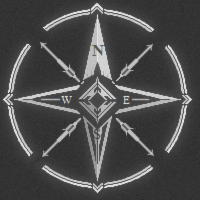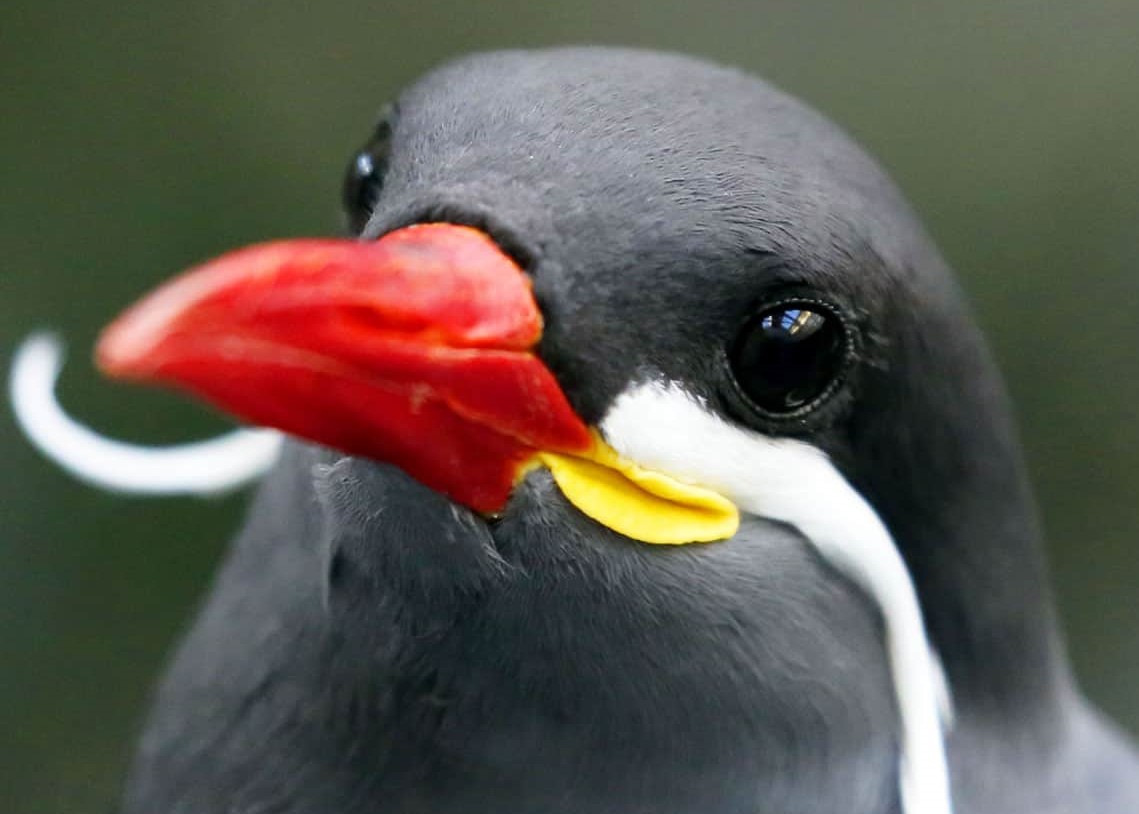Whale Bee
Whale bees are a species of megafauna found roaming the skies of Cilvarth, a common sight in the two continents.
These giant insects never stray too far from their food source, which resides in giant flowers. They are very common in the south of Aurea, and the north of Jisefea.
Nobody is really sure if there is a solution to this problem; the lack of biodiversity in areas whale bees frequent is causing serious issues. Special headware are worn by those in rural areas where whale bees are more common to prevent long-term hearing damage, but there is no solution to stop the noise itself, and it is unlikely there ever will be one.
Anatomy
Whale bees are not technically insects for just one reason; they have 4 major body parts. While they do have a head, body and abdomen, between the head they also have a float sac. As these animals are too heavy for them to lift themselves into the air, they will expand this large, bulbous portion of themselves and they will float upwards, and then use their two pairs of long wings to glide for as long as they can. They do possess legs, which help them crawl along the ground, carrying their heavy bodies on giant flowers. Worker and Queen whale bees have a sharp stinger on the ends of the abdomens, used for defence if they are ever threatened.Habitat and Geographic Distribution
Whale bees are found across the two continents on Cilvarth, in Aurea and Jisefea. They are more common towards the Whispering Woods, where giant flowers that support their weight are found.These giant insects never stray too far from their food source, which resides in giant flowers. They are very common in the south of Aurea, and the north of Jisefea.
Diet
Whale bees, like regular honeybees, feed on the pollen found in flowers. These flowers are usually of the giant variety, found all over the planet. Because of the amount of pollen whale bees collect, pollination is consistently high and giant flowers grow literally everywhere.Hives
Whale bees live in massive hives built on the giant trees of Cilvarth. Whale bees will create enormous hives made of propolis and honeycomb. These hives are complex, and take over entire trees. In some cases, the trees themselves are entirely swallowed up by the beehives.Noise Pollution
Whale bees flap their wings about 12,000 times a minute, since gliding is not enough to keep these magnificent beasts in the air. This level of noise is deafeningly loud, and in large swarms they scare off any life in the area. Luckily, when they do harvest their pollen they aren't flying, and they fly relatively high in the area, but still from the ground they can be heard miles away.Nobody is really sure if there is a solution to this problem; the lack of biodiversity in areas whale bees frequent is causing serious issues. Special headware are worn by those in rural areas where whale bees are more common to prevent long-term hearing damage, but there is no solution to stop the noise itself, and it is unlikely there ever will be one.







This is the best. X-D Mocking the canadians, eh? :D
Unintentionally xD Glad you enjoyed the article!